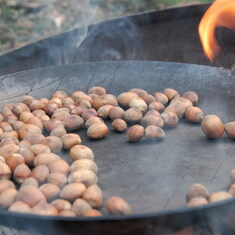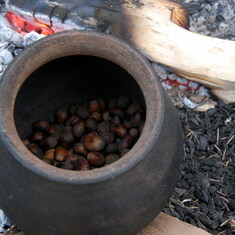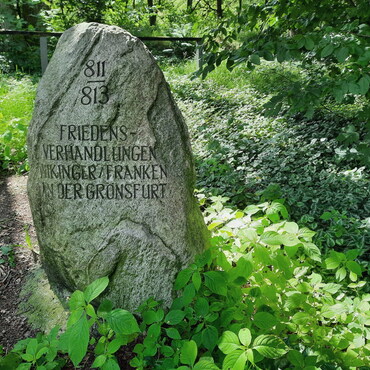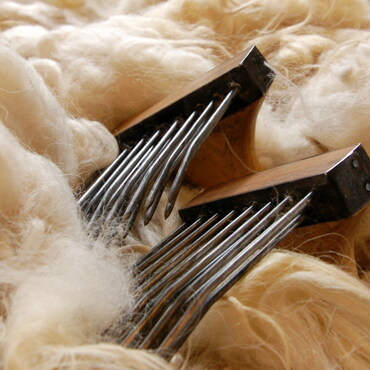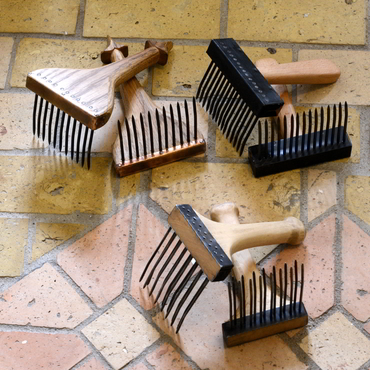As the picture suggests, we found rose hips, sloe and hazelnuts. The apples are taken from our garden.
Even though we do not live anywhere where there has been any significant "Viking activity" and centuries of cultural history has shaped the landscape, those fruits would have been known to Viking Age Scandinavians. As mentioned in the "foodstuff"-encyclopedia from the book "An Early Meal" by Daniel Serra and Hanna Tunberg, domesticated apples (Malus domesticus) are known in Europe since the Bronze Age. Rose hips from the dog rose (Rosa canina) would probably have been known all over Middle and Northern Europe; the authors mention a find from Kaupang in Norway. Sloe (Prunus spinosa) was found abundantly in Hedeby and to some extend in York on the British Isles. Hazelnuts (Corylus avellana) have been found all over the place in Northern Europe from the Mesolithic onward. It was found in large quantities in Hedeby; the shells were unburnt, so they might have been eaten "raw" and not roasted (we, however, tried roasting them "Viking style" by using a fire and an iron frying pan. Yummi.). A look into the Birka graves reveals that more than a dozen contained hazelnuts or their shells; most of those graves were cremation burials.
If we want to get closer to the life in the Viking Age - or any pre-industrial life, for that matter - we should celebrate the harvest. It is the time where all the spring's and summer's work literally bears fruit. It is the abundant time of the year, when more fresh food was available than all the months before. It is not a lazy time, though, since all surplus had to be conserved so the family may survive winter and spring. But when the day's work is done, it is also the time to enjoy the last warm rays of the sun before the autumn storms and the cold and darkness of the winter.
